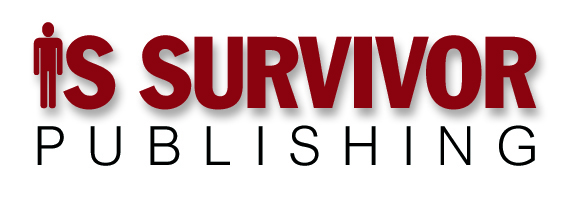Those of us who grow into Leadership in IT do so primarily powered by one driving factor—our curiosity. Curious nerd-dom has been a dominant theme in this community. You wouldn’t be reading this column if you hadn’t been interested in how you could take technology and use it to solve some sort of business problem.
Aw, no, sorry. If we’re going to be honest with each other … and I can trust you with a secret, can’t I? … you were less interested in how technology could solve business problems than you were interested in a seriously cool innovation of some kind.
Because it was seriously cool, you wanted an excuse to play with it. That excuse was that it could solve some business problems. You needed the excuse because our business counterparts frowned upon us IT nerds just wanting to have fun.
And just as you saw the potential in a cool technology and explained it with enthusiasm, your colleagues saw the potential in you. Or likely, lots of other people saw this in you, as you worked to address some challenges that somebody mentioned to you or that you saw in your own. You probably had some sort of “Eureka” moment that you remember clearly about how you made some sort of new magic happen, and it was driven in part by your curiosity.
Don’t be shy – share your experience of this in the Comments.
Recognizing the power of curiosity, you may have used this as a criteria in how you have grown and managed people in their careers as well—I believe that in every organization, we are looking for others that can solve a problem innovatively. We see people with these strengths as worthy of our trust, and we are more likely to wish to work with them, mentor them, and see them flourish and grow.
There are countless bitchy columns complaining about Millennials and Gen Z workers, and their poor work ethics. This flannel wearing, grunge listening, Gen X columnist rejects these ideas as utter nonsense, having heard the same disparagements aimed at my cohort. But, I do have a warning and plea—We need to continue to encourage curiosity, on the clock, and off, for our staff to grow and thrive.
Since we are starting to figure out what AI will do to our profession, let’s point out that AI is insatiably curious. It doesn’t care about politics, Tik Tok trends, cat videos or anime movies( or at least, it has the same unlimited curiosity for each of these topics.) It is always interested in studying what others have posted on GitHub, or any other place that there is new content. AI doesn’t sleep, and doesn’t want to take PTO.
The results of this—New hiring for developers (and others) has slowed to a crawl. In talking with others, new engineers, PMs and others at the entry level are having a hard time getting hired, regardless of the specialty.
What is to be done?
Well, I for one, welcome our new AI overlords.
But, on top of that, I would ask all of us to coach, mentor and encourage our staff to not get distracted, always be learning, and find our super powers of curiosity. A few nights and weekends of growth and self directed learning turn out to be the key to many of our careers. And we need to help others find this answer as well, so that they can continue to build meaningful careers.
